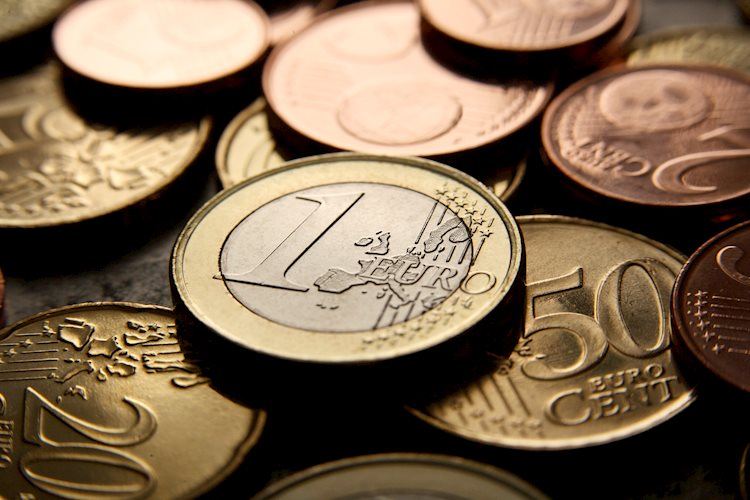EUR/USD is currently experiencing a high in bids as it heads into a busy Friday with a lot of economic activity. Despite a miss in German factory activity, Euro bulls remain optimistic, and the anticipation is high for the release of EU Retail Sales data and the US Nonfarm Payrolls (NFP) later in the day to close out the trading week.
The US markets are returning after the Independence Day holiday on Thursday, and with the economic data scheduled for Friday, there is expected to be a significant amount of chart activity. With US markets back in action, EUR/USD is likely to see some movement as traders react to the data being released throughout the day.
On Thursday, German Factory Orders missed expectations by declining -1.6% MoM in May, falling short of the forecast. Despite this, a general weakening of the US Dollar has helped to keep the Euro bolstered above 1.0800 levels. The focus is now on the upcoming European Retail Sales data and the US NFP figures.
The Pan-EU Retail Sales data is expected to rebound in May compared to the previous month. Meanwhile, US NFP figures are anticipated to decrease in June, with markets also keeping an eye on the Unemployment rate and Average Hourly Earnings, which are forecasted to cool slightly.
The release of Nonfarm Payrolls data is particularly significant as it presents the number of new jobs created in the US in the previous month. The monthly changes in payrolls can be volatile, and any surprises in the data can lead to fluctuations in the Forex market. A high reading is usually bullish for the US Dollar, while a low reading is seen as bearish.
EUR/USD has been on a bullish bounce recently, moving towards the 1.0800 handle. Despite this, the currency pair continues to churn within a descending channel on daily candlesticks. If the bullish momentum continues, Fiber could face resistance at the 200-day Exponential Moving Average (EMA) and the 1.0900 handle.
The Euro is the currency used by 20 European Union countries in the Eurozone. It is the second most traded currency in the world after the US Dollar. The European Central Bank (ECB) in Frankfurt, Germany, is responsible for managing the Euro and sets interest rates to maintain price stability. Data releases such as GDP, inflation, and trade balance can impact the Euro’s strength in the market.











